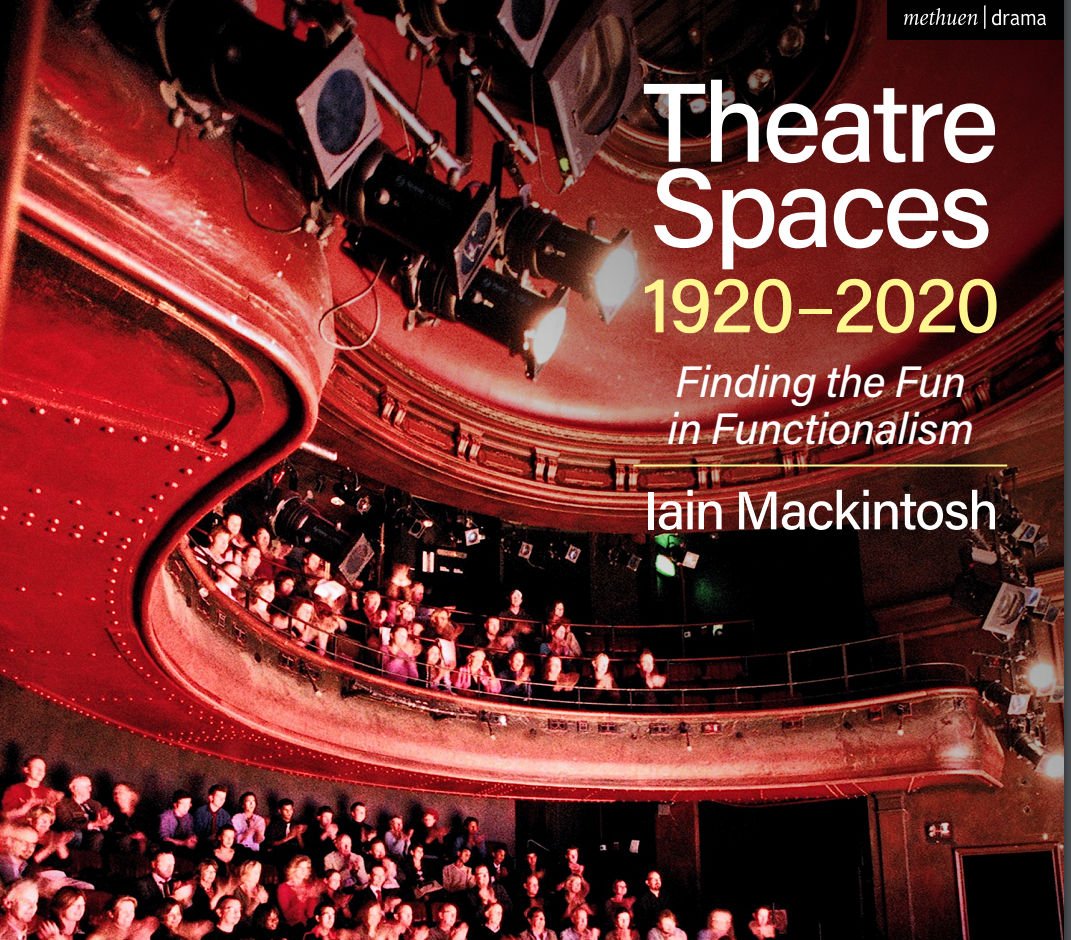A new book “Theatre Spaces 1920 - 2020, Finding the Fun in Functionalism” by renowned theatre designer Iain MacKintosh, is a lavishly illustrated hands-on account of the creation of new theatre spaces spanning a century. The Almeida in Islington is amongst those featured, a theatre designed by Burrell Foley Fischer, working with successive generations of directors since shortly after its inception as a theatre in 1980.
Iain describes the Almeida as follows:
“Reflections on what the nineteenth century can offer theatricality as an antidote to modernism start, perhaps surprisingly, with two buildings that had been places of worship before becoming theatres. The Almeida in North London had been built in 1837 for the Islington Literary and Scientific Society. In 1890 it was acquired by the Salvation Army, who added a wrap-around balcony and stayed there until 1955. In 1980 it became a theatre, having evolved gradually under the watchful eye of architect Mark Foley, who worked for Pierre Audi, a young opera and theatre director.
Seating only 325, the Almeida is now a theatre space at once epic and intimate. It has seventy- five more seats than the physically less interesting Donmar, the only other London fringe theatre that has been comparable in achievement. Both the atmosphere and the geometry of the Almeida are special. When in 2014 Rupert Goold's award-winning production of King Charles III was transferred to Wyndham's, they took the apsidal back wall of the Almeida with them, replicated in painted fibreglass. And then on to Broadway.”
Development works under BFF’s direction included extending the backstage accommodation, building a completely new foyer, bar and technical areas, providing new service installations and seating, and improving disabled access and acoustics. The new foyer continues the theme of the former open-air yard where, because of limited site access, the single entrance is used as the foyer for the theatregoers and as the space for the technical get-ins. The extensive overhaul of the auditorium preserved the special ‘found’ quality of the Theatre.
Iain’s book offers a compelling history that is part memoir, part impassioned call to rethink the design of our theatre spaces and the future of live theatre and is available from the Society of Theatre Research.




